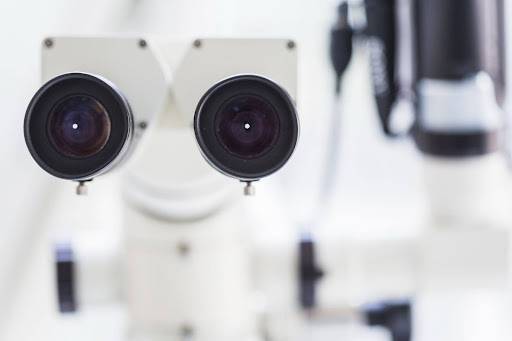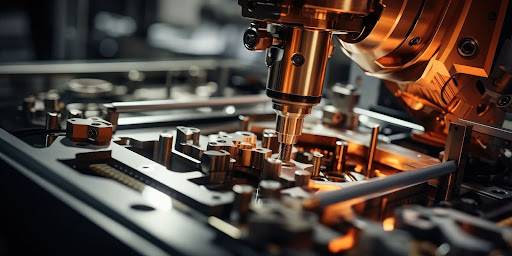
Introduction
Paint Protection Film (PPF) is a highly effective solution for safeguarding your vehicle’s exterior against scratches, rock chips, road debris, and environmental contaminants. Many car owners invest in PPF for its protective benefits, but a key question remains—how long does it actually last?
In this guide, we’ll explore:
- The average lifespan of PPF
- Key factors that influence its durability
- How to properly maintain PPF to maximize longevity
- Signs that indicate it’s time for replacement
- Whether replacing PPF is a worthwhile investment
By understanding these factors, you can ensure that your PPF remains effective for years to come.
Understanding the Lifespan of Paint Protection Film
The durability of PPF depends on various factors, including the quality of the film, installation process, maintenance routine, and environmental exposure. On average, professionally installed PPF can last anywhere between five to ten years when properly cared for.
However, several conditions can either shorten or extend its lifespan. High-quality films with advanced self-healing properties tend to last longer, while lower-quality films may degrade sooner due to exposure to harsh elements.
Factors That Affect Paint Protection Film Longevity
1. Quality of the Film
Not all PPF products are created equal. High-quality films are engineered with advanced protective coatings that enhance durability, prevent yellowing, and provide superior resistance to scratches and contaminants. Lower-quality films often lack these features, leading to premature wear and deterioration.
2. Professional vs. DIY Installation
Proper ppf installation plays a critical role in the lifespan of PPF. A professional installation ensures that the film adheres correctly without air bubbles, wrinkles, or lifting at the edges. Incorrect installation can lead to peeling and reduce the film’s ability to protect the paint effectively.
3. Exposure to Environmental Elements
Vehicles regularly exposed to extreme weather conditions, such as intense sunlight, road salt, heavy rain, or pollution, may experience faster wear and tear on their PPF. Constant exposure to UV rays, in particular, can cause some films to discolor or lose their protective properties over time.
4. Regular Maintenance and Care
Proper care is essential for extending the lifespan of PPF. Washing your vehicle with a pH-neutral car shampoo, avoiding abrasive cleaning tools, and applying PPF-safe coatings can help maintain the film’s integrity. Harsh chemicals, automatic car washes with brushes, and rough drying techniques can accelerate degradation.
5. Driving Habits
Frequent highway driving exposes vehicles to more rock chips, dirt, and debris, which can gradually wear down PPF. On the other hand, city driving or occasional use may result in slower wear, allowing the film to remain in good condition for a longer period.
How to Extend the Life of Paint Protection Film
Taking the right precautions can help ensure that your PPF remains effective for as long as possible. Here are some maintenance tips:
- Wash your car regularly using a gentle hand wash method and avoid high-pressure sprayers that could lift the film at the edges.
- Use PPF-safe cleaning products that do not contain harsh chemicals, ammonia, or petroleum-based solvents.
- Apply a ceramic coating over PPF for added protection against dirt, stains, and UV exposure.
- Avoid automatic car washes with abrasive brushes that can scratch or lift the edges of the film.
- Inspect your PPF regularly for signs of wear, peeling, or discoloration, and address any issues promptly.
By following these steps, you can maximize the lifespan of your PPF and maintain your car’s pristine appearance.
Signs That Your PPF Needs Replacement
While PPF is designed to be durable, it does not last forever. Over time, you may notice certain signs that indicate it’s time for a replacement:
- Yellowing or discoloration due to prolonged UV exposure
- Peeling or lifting edges, which can allow contaminants to get underneath the film
- Scratches and swirl marks that do not heal, even with heat exposure
- Loss of clarity, making the car’s surface appear dull or uneven
- Bubbling or trapped moisture, which may indicate improper installation or film degradation
If you observe any of these issues, replacing the PPF can restore your car’s protection and appearance.
Is Replacing PPF Worth It?
For those who prioritize maintaining their car’s aesthetics and resale value, replacing worn-out PPF is a worthwhile investment. A well-maintained vehicle with protected paintwork not only looks better but also retains more value over time.
Investing in new PPF ensures continued protection against rock chips, road debris, and environmental contaminants. If you plan to keep your car for many years, refreshing the PPF when necessary can help maintain its factory-fresh look and protect your original paint from damage.
Conclusion
Paint Protection Film offers an excellent defense against everyday wear and tear, but its longevity depends on various factors, including quality, installation, maintenance, and environmental conditions. With proper care, PPF can last anywhere from five to ten years, providing long-term benefits for car owners.
If your vehicle’s PPF is showing signs of wear, consider professional replacement to ensure continued protection. Keeping your car’s exterior in top condition not only enhances its appearance but also adds to its long-term value.
For expert PPF installation in Orlando, trust a team that specializes in high-quality protection and precision application. Whether you’re looking to preserve your car’s factory paint or refresh its protective film, get in touch today for a consultation. Drive with confidence knowing your vehicle is shielded from everyday hazards.





